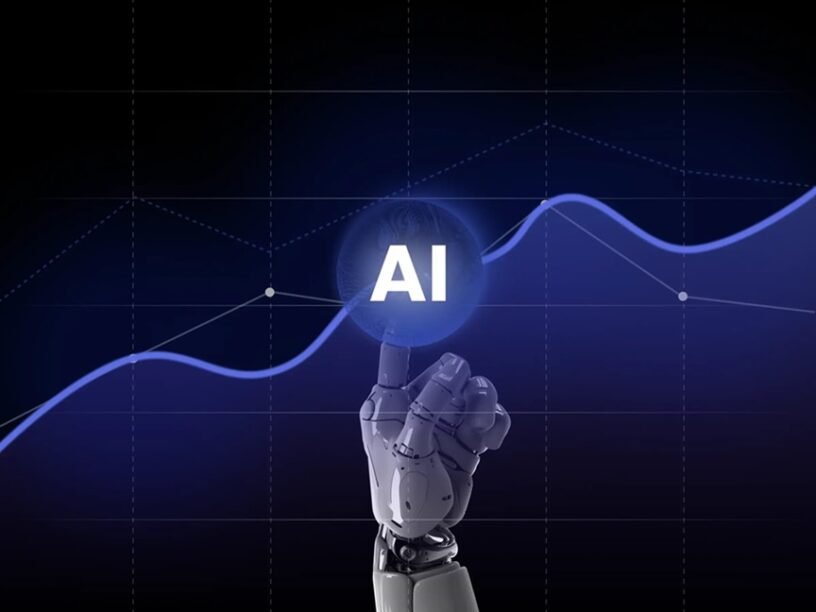Ever feel like AI is this amazing, futuristic tech, but translating that into real-world results is a confusing mess? You’re not alone! Many companies are eager to leverage AI’s potential, but struggle with the “how” of AI implementation.
Here’s where Gartner, a leading research and advisory firm, comes in with their 5 critical AI adoption phases. Based on surveys conducted with CIOs (Chief Information Officers) from 2019 to 2024, these phases offer a roadmap to navigate the exciting, yet complex world of AI.
Let’s break them down, along with some real-life examples to make things clear:
Phase 1: Planning – Charting Your Course
Think of this as the “vision board” stage. Here, you identify your business goals and how AI can help achieve them. Imagine a retail store aiming to improve customer recommendations. In the planning phase, they’d research AI-powered recommendation engines and how they could personalize product suggestions based on a customer’s browsing history.
Phase 2: Execution – Building Your Prototype
This is where things get hands-on! You define the specific AI project, gather data, and choose the right AI tools. Continuing with the retail example, the store would pick an AI recommendation engine that integrates with their existing customer data platform. They’d then train the engine with historical sales data to identify buying patterns.
Phase 3: Stabilization – Fine-Tuning the Engine
Just like a new car needs a break-in period, your AI needs adjustments. Here, you test and monitor the AI’s performance, refining it for optimal results. Our retail store would launch the recommendation engine on a small scale, monitoring how it performs compared to their existing system. They might tweak the algorithms to ensure the recommendations are relevant and lead to increased sales.
Phase 4: Expansion – Scaling Up for Success
Once you’re happy with the AI’s performance, it’s time to expand! The retail store, confident in the recommendation engine, would integrate it across their entire website and mobile app. This wider rollout allows them to reap the full benefits of AI-powered personalization.
Phase 5: Leadership – Becoming an AI Champion
AI shouldn’t be a one-off project. Here, you establish a culture that embraces AI and fosters continuous learning. The retail store, having witnessed the positive impact of AI, would allocate resources for exploring new AI applications. They might consider AI-powered chatbots for customer service or AI-driven inventory management.
Remember, AI is a Journey, Not a Destination
Gartner’s framework highlights that AI adoption is an ongoing process. By following these phases, you can avoid common pitfalls and ensure your AI journey is a smooth, successful one. So, ditch the confusion and start planning your AI adventure today!

Here are few frequently asked question on AI implementation:
What is AI implementation?
AI implementation involves integrating artificial intelligence technologies into existing systems or processes to automate tasks, improve efficiency, enhance decision-making, and achieve specific business objectives. This can include deploying machine learning models, natural language processing systems, computer vision, or other AI techniques to solve particular problems within an organization.
How do you implement an AI project?
Implementing an AI project typically involves several key steps:
- Define Objectives: Clearly outline the goals and objectives of the AI project, specifying what problems it aims to solve.
- Data Collection: Gather and preprocess the data required for training AI models, ensuring it is clean, relevant, and of high quality.
- Choose the Right Tools and Technologies: Select appropriate AI tools, frameworks, and platforms that suit the project’s needs (e.g., TensorFlow, PyTorch).
- Develop and Train Models: Design, develop, and train machine learning models using the collected data.
- Validate and Test Models: Evaluate the performance of the models using validation techniques and adjust as necessary.
- Deploy Models: Integrate the trained models into the production environment, ensuring they operate effectively within the existing systems.
- Monitor and Maintain: Continuously monitor the performance of the AI system, updating and retraining models as needed to maintain accuracy and effectiveness.
How does AI get implemented?
AI gets implemented through a structured process that involves collaboration across various teams within an organization:
- Initiation: Establish a clear vision and strategy for AI adoption, supported by stakeholders and leadership.
- Planning: Develop a detailed project plan, including timelines, resource allocation, and risk management strategies.
- Development: Conduct data preparation, model development, and algorithm training, typically involving data scientists and AI engineers.
- Integration: Seamlessly integrate the AI models into business operations, ensuring compatibility with existing workflows and systems.
- Deployment: Roll out the AI solution to the end-users, providing necessary training and support to ensure smooth adoption.
- Monitoring: Continuously monitor the AI system’s performance, making adjustments and improvements based on feedback and new data insights.
Each step requires careful planning, execution, and collaboration to ensure successful AI implementation that delivers the intended benefits.




1 Pingback